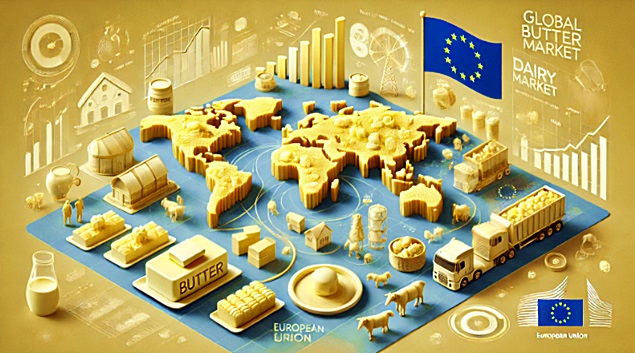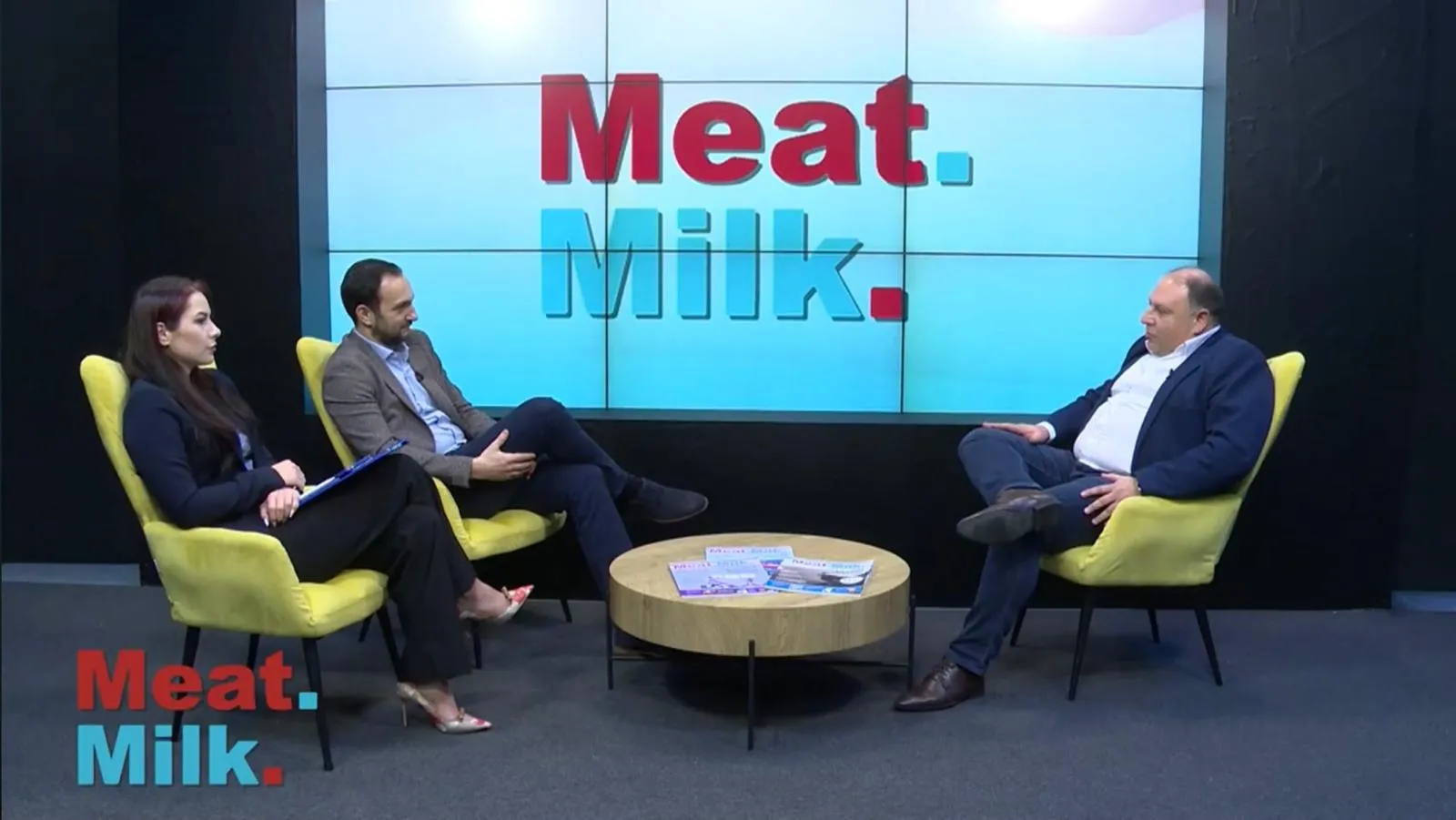
Global Butter Market Trends and Outlook for 2025
The global butter market has undergone significant changes in recent decades, shaped by factors such as shifts in consumer preferences, trade policies, and fluctuations in milk production. By analyzing data and reports from Rabobank, DairyReporter, FAO, and Eurostat, we gain valuable insights into current trends and challenges affecting the sector.
Rising Global Demand for Butter
In recent years, global demand for butter has increased substantially. This trend is largely driven by a shift in consumer perception, with growing preference for natural fats over processed alternatives.
According to a report by Rabobank, this change in attitude has led to increased butter consumption in developed markets such as North America and Europe.
Butter Production and Supply
Butter production is closely tied to milk output, and fluctuations in milk production directly impact the availability of butter on the market. FAO data indicates that while global milk production has steadily increased, growth has been uneven across regions.
Countries in Asia and Latin America have seen notable gains, whereas some European nations have experienced stagnation or even decline in milk output.
Global Butter Prices
Variations in supply and demand have a direct effect on global butter prices. In periods of imbalance, prices can spike dramatically.
For instance, in 2017, a combination of rising demand and limited supply led to a sharp increase in butter prices across Europe. According to Eurostat, prices hit record levels that year, affecting both consumers and the food industry.
International Trade and Policy Impacts
International trade plays a crucial role in balancing the global butter market. Surplus-producing countries export to deficit regions, helping stabilize prices and ensure supply continuity.
However, trade policies such as tariffs and import restrictions can distort market flows. For example, post-Brexit policy changes between the EU and the UK impacted dairy trade, including butter exports.
Innovation and Emerging Trends
The butter industry has embraced a range of innovations to meet evolving consumer demands. One rising trend is the growing popularity of organic butter and products made from grass-fed cows, reflecting concerns about health and sustainability.
Producers are also exploring new packaging and formats to appeal to various market segments.
Challenges and 2025 Outlook
Despite growing demand, the global butter market faces significant challenges. Climate change is impacting milk production, which in turn affects butter availability. Price volatility also creates uncertainty for both producers and consumers.
According to DairyReporter, overcoming these challenges requires proactive strategies, including investment in sustainable technologies and diversification of supply sources.
Looking ahead to 2025, global butter demand is expected to continue rising, supported by consumer preference for natural products and the expansion of emerging markets. However, producers must address sustainability and climate-related issues to meet growing demand.
Investments in sustainable farming practices and innovative technologies will be essential to ensure steady supply and stabilize global butter prices.
High Price Outlook for 2025
Current trends and forecasts suggest that international butter prices will remain high in 2025. The U.S. Department of Agriculture (USDA) projected that in 2024, butter prices would reach $3 per pound—up 15% from the previous year—due to a shrinking dairy herd and lower milk yields per cow. The USDA further estimates that "tight milk supplies and strong demand will sustain elevated price levels through 2025."
In Europe, butter prices hit a record of €788 per 100 kilograms in October 2024, according to data from the European Commission. While prices have softened slightly since then, they remain at elevated levels, indicating continued price strength in 2025.
Extreme weather events and climate change continue to fuel food price volatility, including in the butter sector. Supply chain analysts warn that these disruptions will remain a factor throughout 2025.
Conclusion
In summary, the global butter market remains dynamic and influenced by a wide array of factors—from consumer preferences and climate conditions to international trade policies. Navigating this complex landscape will require agility and continuous adaptation from industry stakeholders, especially as they prepare for the developments expected in 2025 and beyond.
With high prices likely to persist due to limited milk supply, sustained demand, and climate pressures, innovation and sustainability will be critical for long-term resilience in the global butter industry.





